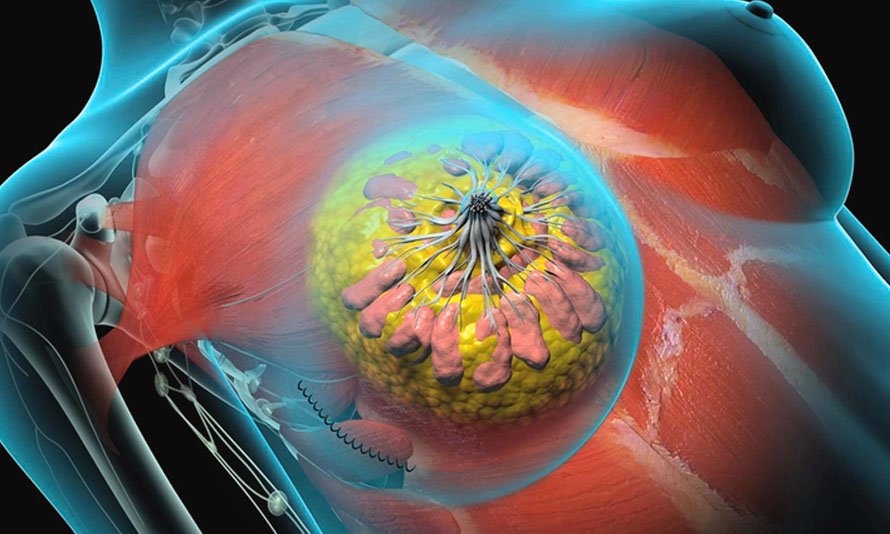
Breast cancer surgery is a common treatment option for breast cancer and plays a crucial role in both diagnosing and treating the disease. The specific type of surgery recommended depends on various factors, including the stage of the cancer, the size and location of the tumor, and the individual patient's preferences and overall health. Here are some key aspects of breast cancer surgery:
1. Types of Breast Cancer Surgery:
Breast-Conserving Surgery (Lumpectomy): In this procedure, only the tumor and a small margin of surrounding healthy tissue are removed, preserving most of the breast. It is typically followed by radiation therapy to eliminate any remaining cancer cells in the breast. Lumpectomy is often an option for early-stage breast cancer.
Mastectomy: A mastectomy involves the complete removal of the breast tissue. There are different types of mastectomy:
2. Sentinel Lymph Node Biopsy: During surgery, the surgeon may also perform a sentinel lymph node biopsy to determine if cancer has spread to nearby lymph nodes. If the sentinel nodes are cancer-free, it may reduce the need for more extensive lymph node surgery.
3. Axillary Lymph Node Dissection: If cancer is found in the sentinel lymph nodes or if there is a high risk of lymph node involvement, the surgeon may perform an axillary lymph node dissection. This involves removing more lymph nodes from the underarm area.
4. Breast Reconstruction: After mastectomy, some women choose to undergo breast reconstruction to restore the appearance of the breast. Reconstruction can be done using breast implants or tissue from other parts of the body (autologous tissue reconstruction).
5. Adjuvant Therapies: Surgery is often just one part of breast cancer treatment. Depending on the stage and type of breast cancer, adjuvant therapies such as chemotherapy, radiation therapy, hormone therapy, targeted therapy, or immunotherapy may be recommended before or after surgery to reduce the risk of cancer recurrence.
6. Recovery: Recovery after breast cancer surgery varies depending on the type of surgery performed. Patients may experience some discomfort, swelling, and changes in breast appearance. Physical therapy and support from healthcare professionals can help manage recovery and potential side effects.
7. Follow-Up Care: Regular follow-up appointments with an oncologist are essential to monitor for any signs of cancer recurrence and to address any ongoing healthcare needs.
It's important to note that the choice of surgery and the overall treatment plan should be individualized based on the specific characteristics of the cancer and the patient's unique circumstances. Patients are encouraged to have open and thorough discussions with their healthcare team to make informed decisions about breast cancer surgery and the overall treatment approach. Early detection and treatment remain crucial in improving outcomes for breast cancer patients.